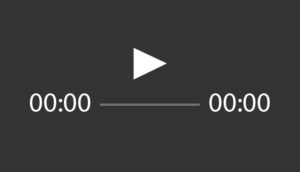-
Title: Gaia
Type: Sound
Year: 2008
Genre: Ensemble
Instruments: Fl/Picc_Ob_B.Cl_Bsn_Hn_Tpt_Tbn_Per_ P_Vl_Vla_Vc_Cb
Duration: 8m 30s
Commission: Grup Instrumental de València
Premiere: 18 May 2008
Location: Ensems Festival - Teatre Talia / Valencia
Performer: Grup Instrumental de València
Conductor: Joan Cerveró
Title: Oïda
Exhibition: Group
Date: 29 August 2008
Location: Professional Conservatory. Valencia
Title: Ensems
Exhibition: Group
Date: 18 May 2008
Location: Teatre Talia. Valencia
Title: Grup Instrumental de València
Exhibition: Group
Date: 17 January 2008
Location: Teatre Arniches. Alicante
This work is based on the theory proposed in 1969 by researcher and British scientist James Lovelock. This theory is known as the Gaia Hypothesis, which basically formulates that the entire biosphere, microorganisms, plants, animals and humans, interact and relate to each other as a single living organism to maintain ideal living conditions similar to the cells of our body, as independent simple organisms, but which in turn are related to form a more complex organism like the human body.
Considering that climate change, the weakening of the ozone layer, deforestation, erosion and desertification, the accumulation of radioactive waste, the acceleration of the processes of urban concentration, pollution, food insecurity, the loss of biodiversity, the depletion of renewable and non-renewable resources, etc.. are manifestations of a living organism dependent and deteriorated by human activity, then we should ask ourselves how far human beings are aware of their offensive acts towards their own ecosystem?
Roberto López takes this idea and moved to the sound thought as a reflection on our human condition facing our environment. To do this, he structures the piece into two clearly differentiated sections but apparently equal in the conception of the exposed material, to represent, as in nature, an endless cycle or process. Also, he alters the speech sound at the end of each section, and takes it to the limit, to show an end chaotic and uncertain as a metaphorical representation of self-destruction.
